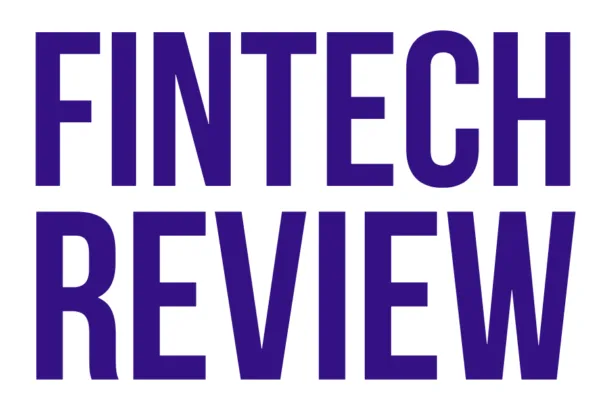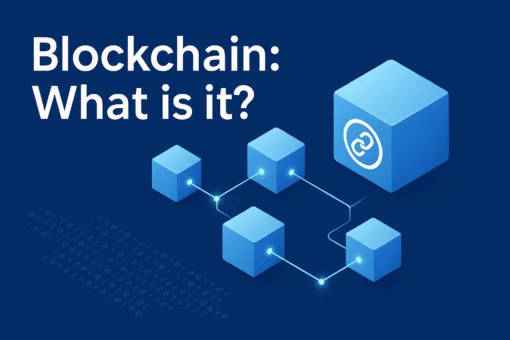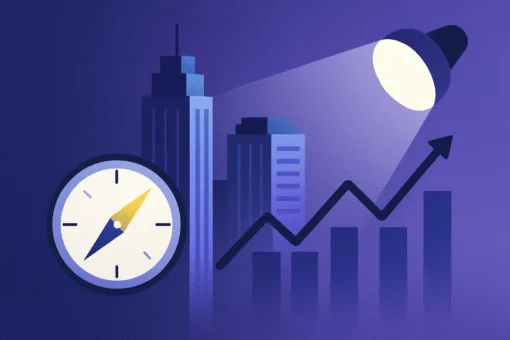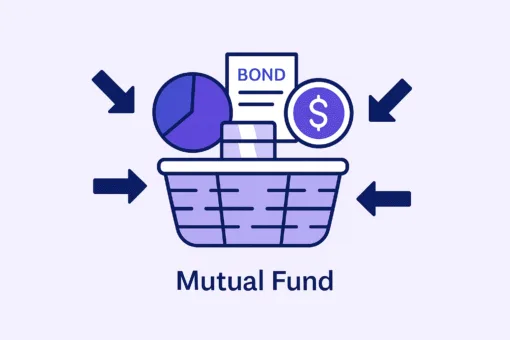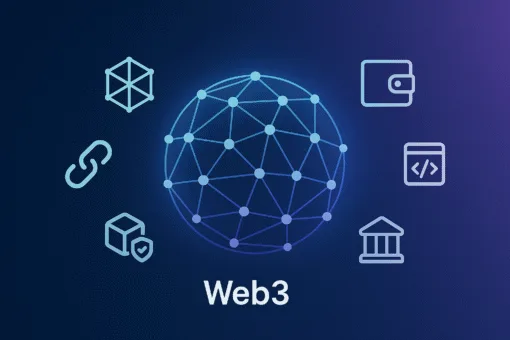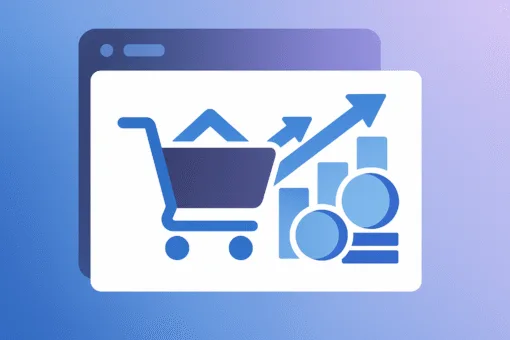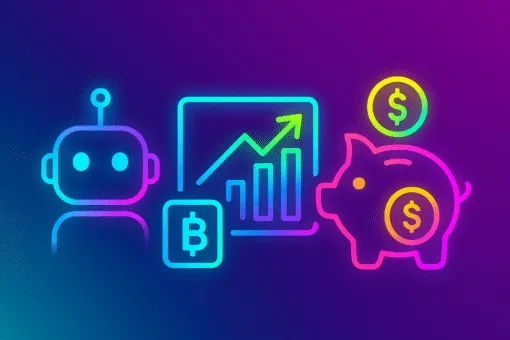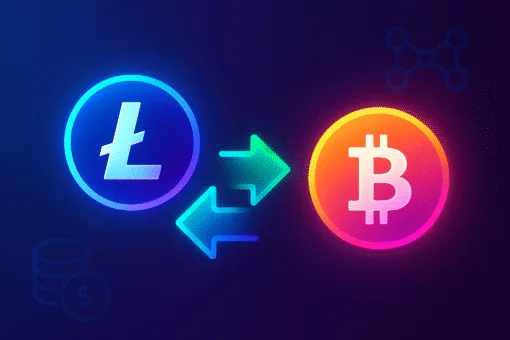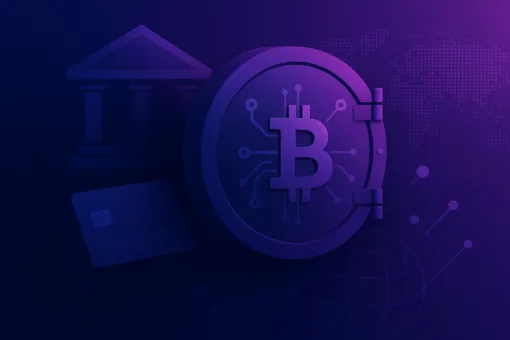A side hustle is a way for people to earn extra income by pursuing a passion or interest outside of their full-time job. Whether it’s freelancing, selling goods online, or renting out a spare room, a side hustle can provide financial stability and independence. With the rise of the gig economy, more and more people are turning to side hustles as a way to supplement their income.
In today’s economy, there are two main approaches to starting and growing a side hustle: traditional and fintech-based. The traditional approach involves using personal savings or loans from family and friends to get started. While fintech-based approaches often involve crowdfunding and online marketplaces. In this blog post, we will compare these two approaches and explore the pros and cons of each, as well as the financing options available.
Traditional approaches to starting and growing a side hustle
Traditional side hustles include freelancing, selling goods online, renting out a spare room, and starting a small business. These types of side hustles have been around for decades and have proven to be effective ways to earn extra income.
One of the benefits of traditional side hustles is that they often require little to no start-up capital. For example, if you’re a graphic designer, you can start freelancing by simply setting up a website and promoting your services on social media. Similarly, if you’re an artist, you can sell your creations on online marketplaces like Etsy. Without having to invest in inventory or a physical storefront.
Another benefit of traditional side hustles is that they often offer flexibility in terms of hours and location. For example, if you’re a freelancer, you can work from anywhere and set your own schedule. However, traditional side hustles also have their downsides. One of the main disadvantages is that they can be risky and uncertain. For example, if you’re a freelancer, there’s always the risk that you won’t be able to find enough clients to sustain your income. Similarly, if you’re an artist selling your creations online, there’s always the risk that you won’t be able to sell enough to make a profit.
Financing options for traditional side hustles include personal savings, loans from family and friends, and small business loans. Personal savings can be a great option for those just starting out. As it allows you to keep your overhead costs low. Loans from family and friends can also be a great option. But it’s important to remember that you’re putting your relationships at risk. Small business loans can be a great option for those who have a solid business plan and good credit. But they can also be difficult to secure.
Fintech-based approaches to starting and growing a side hustle

Fintech-based side hustles include peer-to-peer lending, crowdfunding, and online marketplaces. In recent years, fintech has revolutionized the way people start and grow side hustles by providing new and innovative financing options.
One of the most popular fintech-based side hustles is peer-to-peer lending. Peer-to-peer lending platforms like Lending Club and Prosper allow borrowers to connect with investors who are willing to lend them money at a lower interest rate than traditional banks. This can be a great option for those who have been denied a loan by a traditional bank.
Another popular fintech-based side hustle is crowdfunding. Crowdfunding platforms like Kickstarter and Indiegogo allow entrepreneurs to raise money for their business or project by soliciting small contributions from a large number of people. This can be a great option for those who have a great idea but lack the capital to get started.
Fintech-based small business loans like OnDeck and Kabbage provide small business loans through online platforms.
Another fintech-based side hustle is website investing. This involves buying, selling or monetizing websites for profit. It can be done remotely and with a low startup cost. Websites can be bought and sold on website marketplaces like Flippa or Empire Flipper. After buying a website, the new owner can monetize it by adding affiliate marketing or advertising. Or by improving the user experience, design and functionality, with the goal of increasing its traffic and revenue.
Many benefits
One of the main benefits of fintech-based side hustles is that they often provide access to capital that might not be available through traditional channels. For example, peer-to-peer lending platforms and crowdfunding platforms can provide access to funding for entrepreneurs who might not be able to secure a loan from a traditional bank.

Another benefit of fintech-based side hustles is that they often provide a sense of community and support. For example, crowdfunding platforms often create a sense of community around a project, with backers providing feedback and support.
However, fintech-based side hustles also have their downsides. One of the main disadvantages is that they can be risky and uncertain. For example, peer-to-peer lending platforms and crowdfunding platforms are not regulated in the same way as traditional banks. So there is a higher risk of fraud and default. Investing in websites can also be risky as it’s based on the website’s traffic, revenue, and monetization strategies.
Conclusion
A side hustle can be a great way to earn extra income and gain financial stability and independence. Whether you choose a traditional or fintech-based approach, it’s important to weigh the pros and cons and consider the financing options available.
Overall, traditional side hustles like freelancing, selling goods online, and renting out a spare room are great options for those who are just starting out and have little to no startup capital. Fintech-based side hustles like peer-to-peer lending, crowdfunding, online marketplaces, and investing in websites are great options for those who are looking for innovative financing options and access to capital that might not be available through traditional channels.
In the future, we can expect to see even more fintech-based side hustle opportunities as technology continues to evolve and disrupt traditional industries. As more and more people turn to side hustles as a way to supplement their income, fintech will play an increasingly important role in providing the financing and support needed to start and grow successful side hustles.
When starting and growing a side hustle, it’s important to consider your goals, resources and risk tolerance. Traditional side hustles have been tried and tested and have their own set of advantages, while Fintech-based side hustles are new and innovative with their own set of advantages as well. Both have their own set of pros and cons, and the best approach for you will depend on your individual situation.
About the author
Raj Dandage is a software engineer, AI expert, and website investor. He owns a large portfolio of websites in different industries. More recently, he is the founder of WebsiteInvesting.com and AI Detector Pro. He has been profiled in Crain’s Magazine and quoted in dozens of publications, such as Forbes, the Washington Times, and eWeek, and has appeared on radio and TV stations throughout the country. He has BS and MEng degrees from MIT in computer science with a concentration in AI.
References
- “The Gig Economy is Here to Stay: How to Thrive in a World of Freelancers, Side Hustlers, and Entrepreneurs” by Diane Mulcahy
- “The Rise of the Side Hustle: How to Create a Successful Business on the Side” by Nick Loper
- “The Fintech Revolution: How Technology is Transforming the Financial Services Industry” by Mark Smithers
